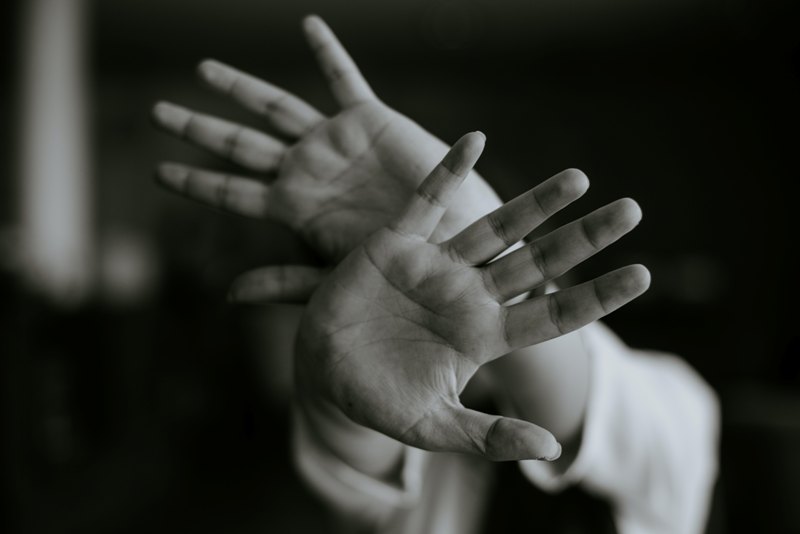Fear is an emotional and physiological response to a perceived threat or danger. It is a natural and instinctual reaction that prepares the body to either confront the threat or flee from it, commonly known as the fight-or-flight response.
Fear can arise from various sources, including real or imminent physical danger, psychological or emotional threats, trauma, past experiences, or even irrational or imaginary triggers. It serves as a protective mechanism that evolved to ensure survival by activating the body’s stress response and heightened state of awareness.
When a person experiences fear, several physiological changes occur in the body. The adrenal glands release stress hormones like adrenaline and cortisol, which increase heart rate, blood pressure, and respiration. These changes enhance physical abilities, allowing individuals to respond to the perceived threat more effectively.

The most common fears or phobias vary among individuals, but some fears tend to be more prevalent across different populations. Here are some of the most common fears experienced by people worldwide:
- Arachnophobia: Fear of spiders.
- Ophidiophobia: Fear of snakes.
- Acrophobia: Fear of heights.
- Claustrophobia: Fear of confined spaces.
- Agoraphobia: Fear of open or crowded spaces.
- Aerophobia: Fear of flying.
- Trypophobia: Fear of clusters of small holes or irregular patterns.
- Social Anxiety: Fear of social situations and interactions.
- Mysophobia: Fear of germs or dirt.
- Hemophobia: Fear of blood.
- Entomophobia: Fear of insects.
- Astraphobia: Fear of thunder and lightning.
- Cynophobia: Fear of dogs.
- Dentophobia: Fear of dentists or dental procedures.
- Glossophobia: Fear of public speaking.
- Aichmophobia: Fear of needles or sharp objects.
- Coulrophobia: Fear of clowns.
- Nyctophobia: Fear of darkness or the night.
- Thanatophobia: Fear of death or dying.
- Gephyrophobia: Fear of bridges.
Fear is a natural part of the human experience, and everyone experiences fear to some extent. It’s important to note that fears and phobias can range in severity from mild discomfort to debilitating anxiety. Different individuals may have unique fears not included in this list. If a fear significantly impacts someone’s daily life or well-being, it may be beneficial to seek professional help from a mental health professional or therapist.
